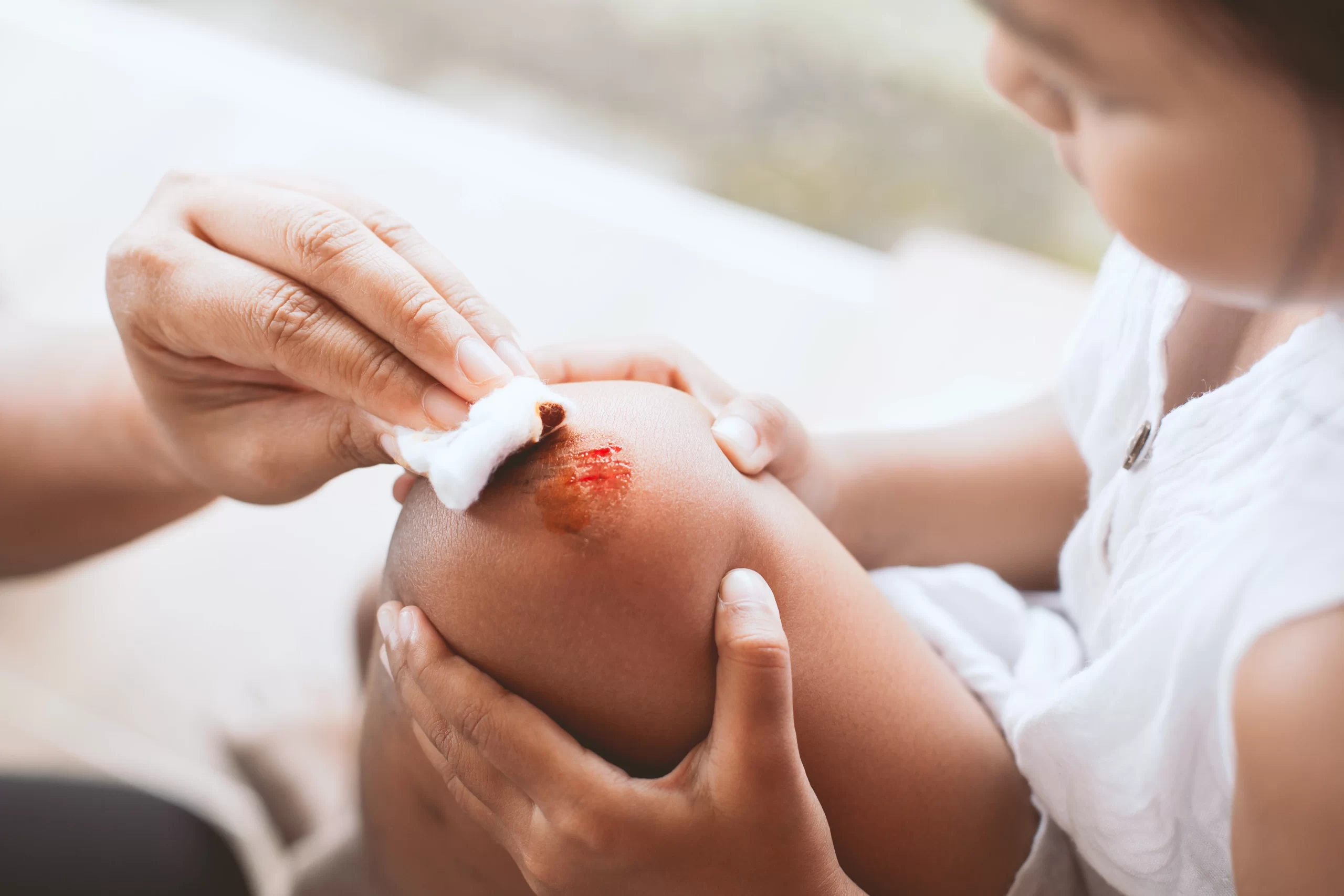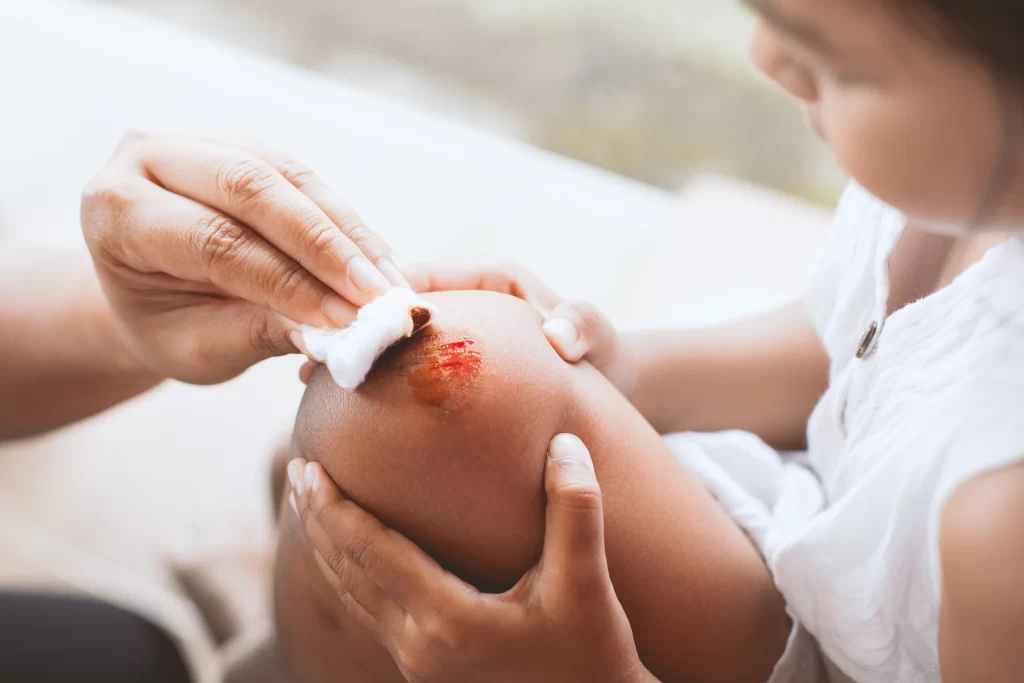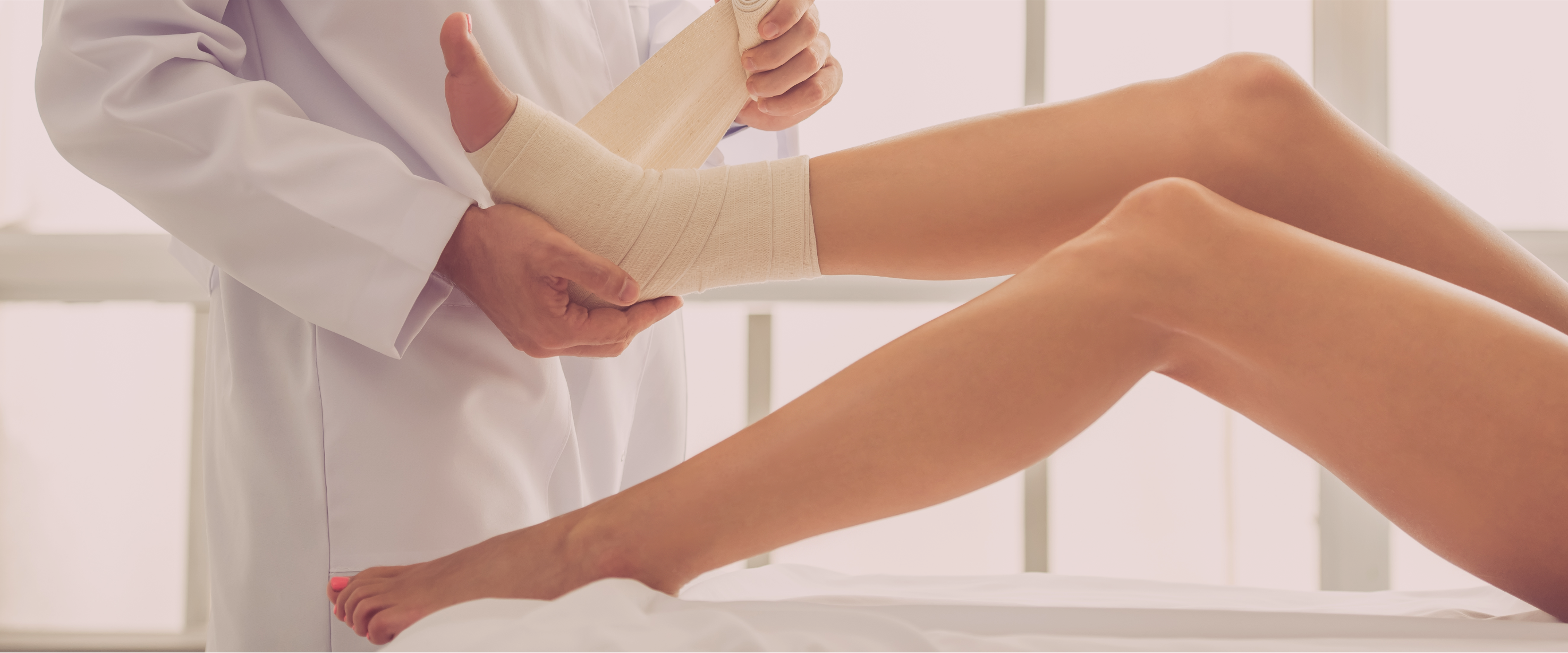
What is a chronic wound and its common types?
What is a chronic wound and its common types?
Quick Summary
- Chronic wounds are wounds that fail to heal within about 4 weeks to 3 months, often stuck in the inflammation stage.
- They commonly develop due to underlying conditions like diabetes, poor circulation, infection, or repeated pressure.
- The main types of chronic wounds include diabetic ulcers, venous ulcers, arterial ulcers, pressure ulcers (bedsores), and non-healing surgical wounds.
- Each type has unique causes and risk factors but all require medical care and specialized treatment.
- Early recognition and treatment by wound care specialists help prevent serious complications and improve healing outcomes.
When most people think of wounds, they imagine cuts, scrapes, or burns that heal within a few weeks. However, not all wounds follow this natural healing process. Some become chronic wounds, wounds that don’t heal properly and can cause ongoing pain, infection risk, and serious complications if untreated. In this blog, we’ll explain what a chronic wound is and the most common types of chronic wounds to help you understand this important health issue.

What is a Chronic Wound?
Table of Contents
ToggleA chronic wound is any wound that doesn’t heal through the normal stages of healing within an expected timeframe, typically about four weeks to three months. Instead of closing up and repairing, these wounds remain open, inflamed, or infected.
Chronic wounds often occur when there’s an underlying health problem or repeated trauma to the area. Factors such as poor circulation, diabetes, pressure on the skin, infection, or weakened immune response can slow down or completely stop the natural healing process.
Living with a chronic wound can affect a person’s quality of life, leading to pain, limited mobility, and an increased risk of serious complications like severe infections or even amputations in extreme cases. If you’d like to learn more about specialized treatment options, explore our chronic wounds care services to see how advanced therapies can support healing.
What Are the Types of Chronic Wounds?
Not all chronic wounds are the same. Healthcare providers generally classify them based on their cause and location. Here are the most common types:
1. Diabetic Ulcers
People with diabetes are at a higher risk of developing chronic wounds, especially on the feet and lower legs. Diabetes can damage nerves (causing numbness) and blood vessels (reducing circulation).
Even a small blister, cut, or scrape can go unnoticed and become infected, leading to a diabetic foot ulcer. Because of poor blood flow and nerve damage, these ulcers often heal very slowly and can become serious if untreated.
2. Venous Ulcers
Venous ulcers are the most common type of chronic leg ulcer. They usually form just above the ankle on the inside of the leg.
These ulcers happen when the veins in the legs can’t efficiently move blood back up to the heart. As a result, pressure builds up, damaging skin tissue and leading to open sores that heal slowly and often reopen.
Venous ulcers may be accompanied by symptoms like swelling, aching, or darkening of the skin around the area.
3. Arterial Ulcers
Arterial ulcers develop when there’s poor blood supply to the legs and feet due to blocked arteries (often caused by peripheral artery disease).
These ulcers typically appear on the feet, toes, or lower legs. They can be very painful, especially when the legs are elevated, and often have a “punched out” appearance with clear, defined edges.
Because blood flow is significantly reduced, these wounds heal very slowly and require medical care to address the underlying circulation problem.
4. Pressure Ulcers (Bedsores)
Also known as decubitus ulcers, these wounds form when constant pressure on the skin reduces blood flow.
They often develop over bony areas like the hips, tailbone, heels, or elbows in people who have limited mobility, use wheelchairs, or are bedridden.
Pressure ulcers are categorized into stages based on severity, from mild redness to deep wounds exposing muscle or bone. Without proper care and repositioning, these wounds can worsen quickly.
5. Non-healing Surgical Wounds
Sometimes, wounds from surgical procedures don’t heal as expected. Factors like infection, poor nutrition, underlying medical conditions, or limited blood flow can slow healing, turning them into chronic wounds.
These wounds can remain open and painful, sometimes requiring specialized wound care to remove dead tissue and encourage new growth.
Conclusion
A chronic wound is a wound that doesn’t heal normally within a few weeks to months. The most common types include diabetic ulcers, venous ulcers, arterial ulcers, pressure ulcers, and non-healing surgical wounds.
If you or a loved one has a wound that won’t heal, don’t wait, contact us today to schedule an appointment with our experienced wound care team.
Frequently Asked Questions
1. What is considered a chronic wound?
A chronic wound is any wound that doesn’t heal within about 4 weeks to 3 months and remains open, inflamed, or slow to close.
2. What are the most common types of chronic wounds?
Common types include diabetic ulcers, venous ulcers, arterial ulcers, pressure ulcers (bedsores), and non-healing surgical wounds.
3. Why do some wounds become chronic and not heal?
Factors like diabetes, poor blood circulation, infection, repeated trauma, and weakened immune response can slow or stop normal healing.
4. How do diabetic ulcers develop?
High blood sugar damages nerves and blood vessels, leading to poor circulation and loss of sensation, which makes small injuries turn into non-healing ulcers.
5. What is the difference between arterial and venous ulcers?
Arterial ulcers result from poor blood flow due to blocked arteries and are often painful, while venous ulcers are caused by blood pooling in the veins and usually occur above the ankle.
6. Where do pressure ulcers usually form?
They often develop over bony areas like the heels, hips, tailbone, and elbows in people with limited mobility.
7. Can chronic wounds be cured?
Yes, many chronic wounds can heal with proper treatment, including advanced wound care, infection control, and managing underlying health issues.



Post a comment
You must be logged in to post a comment.